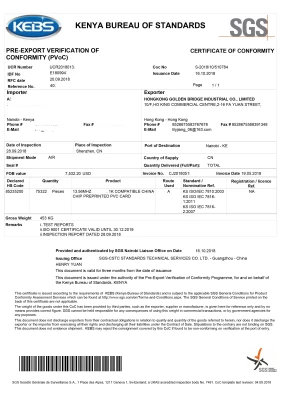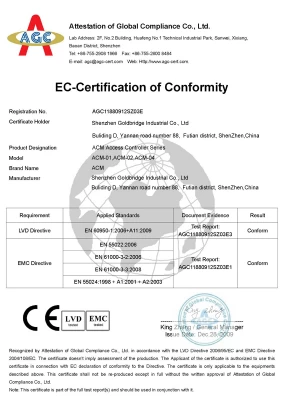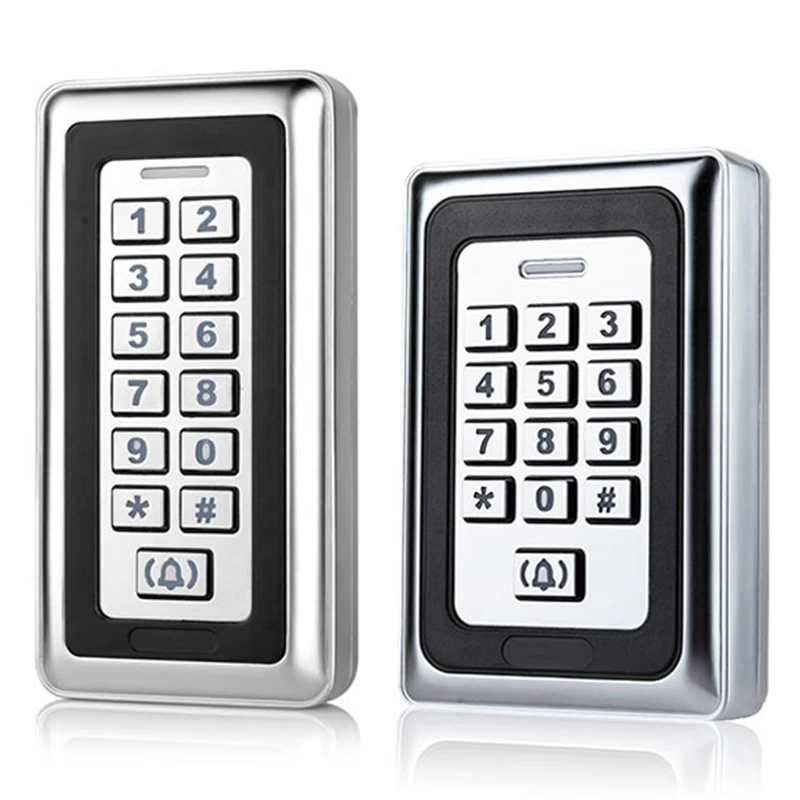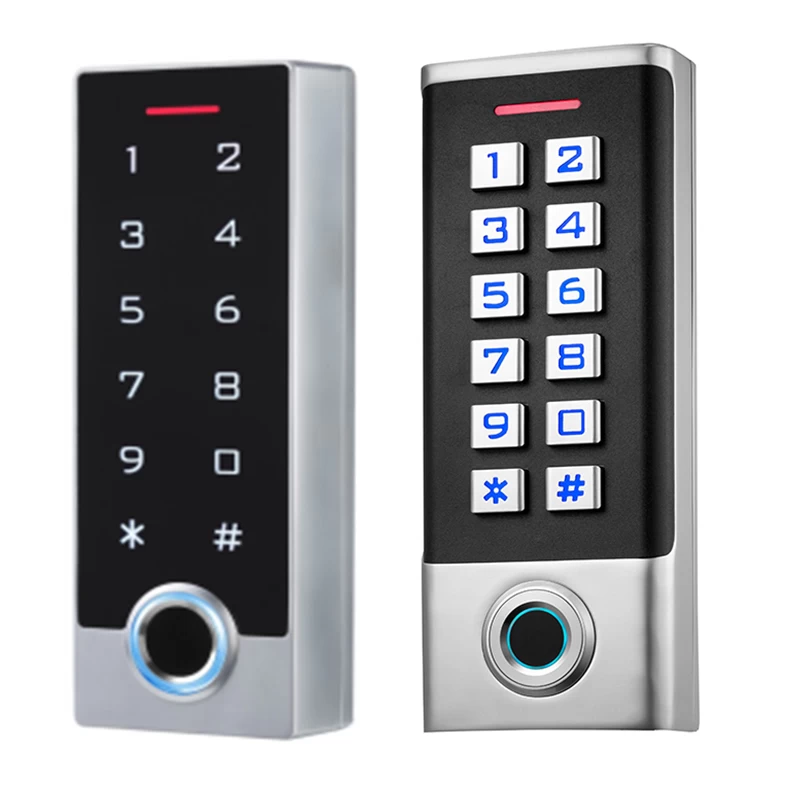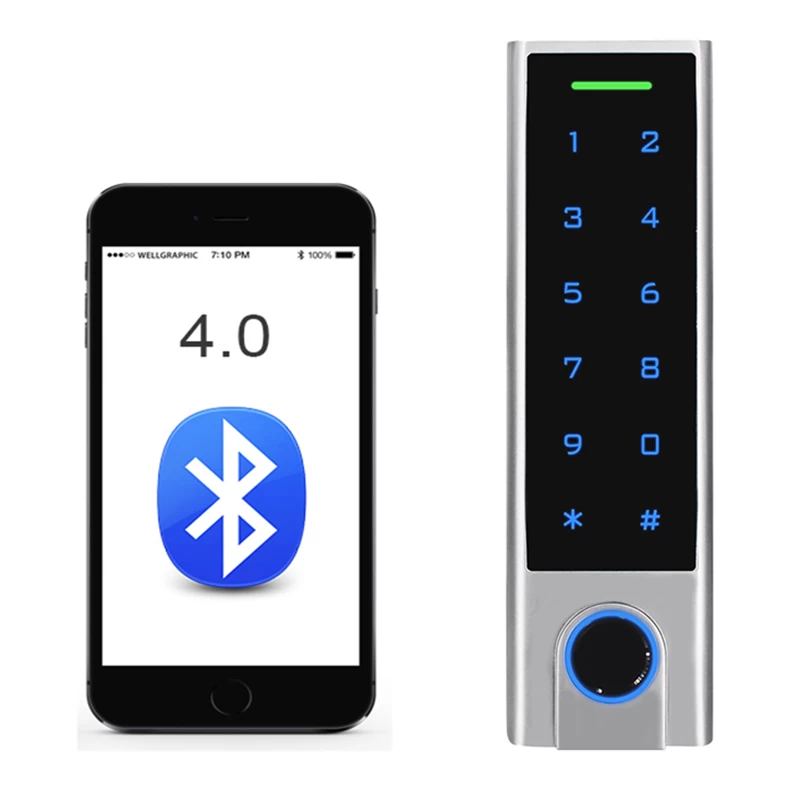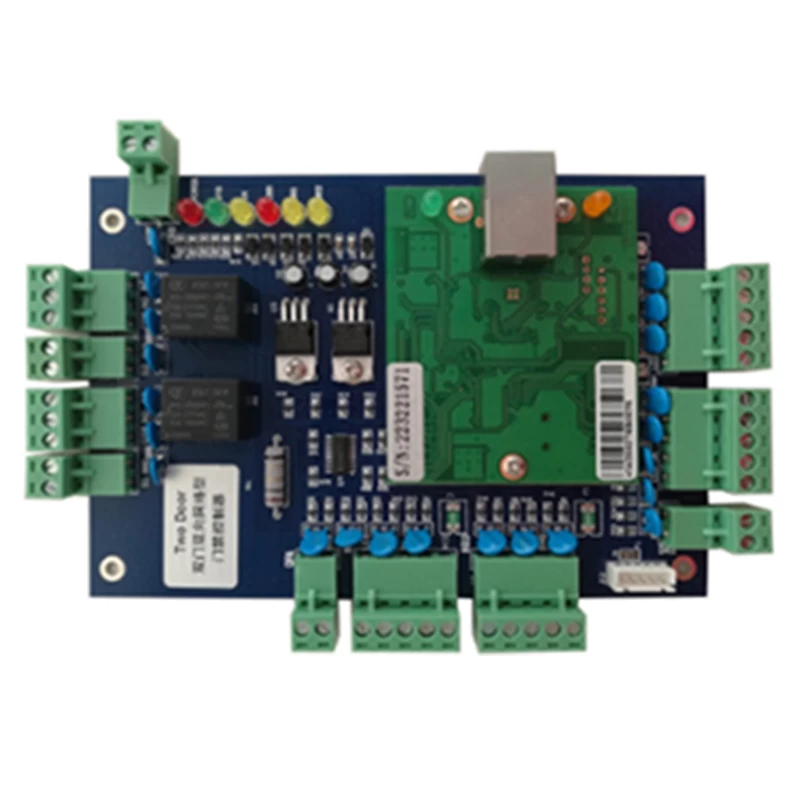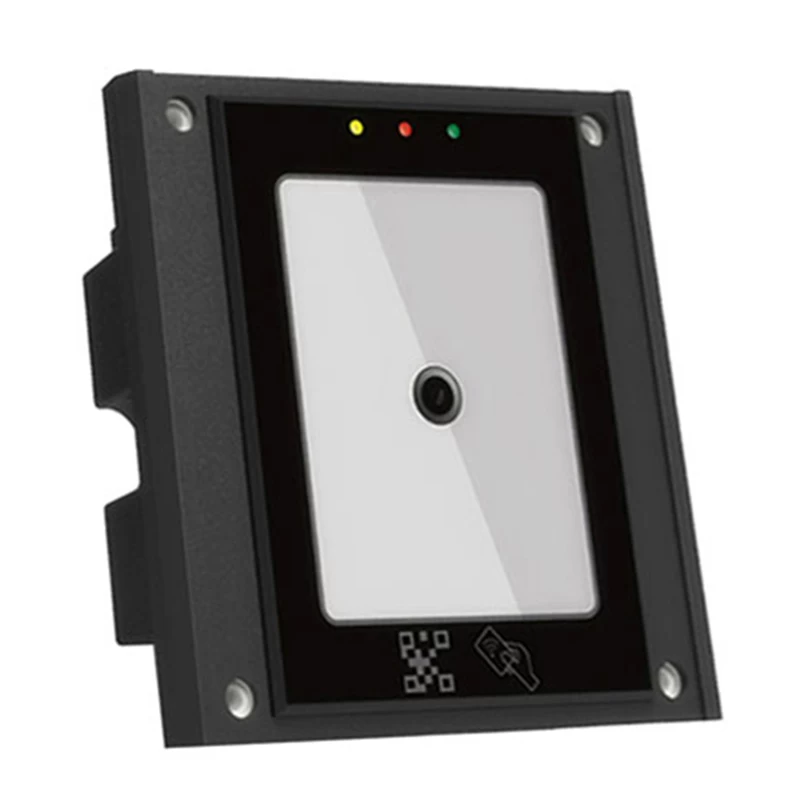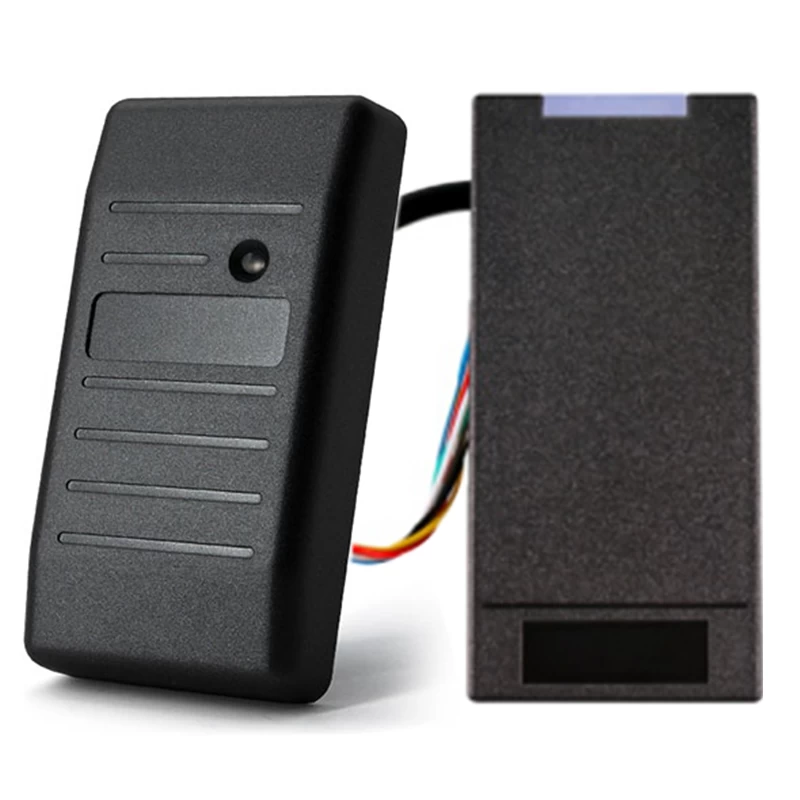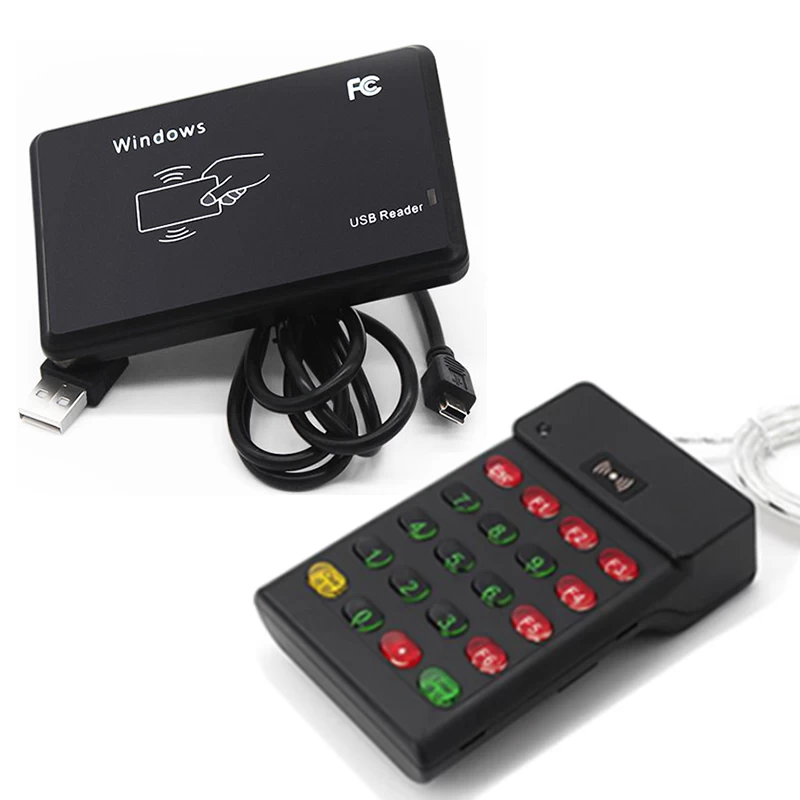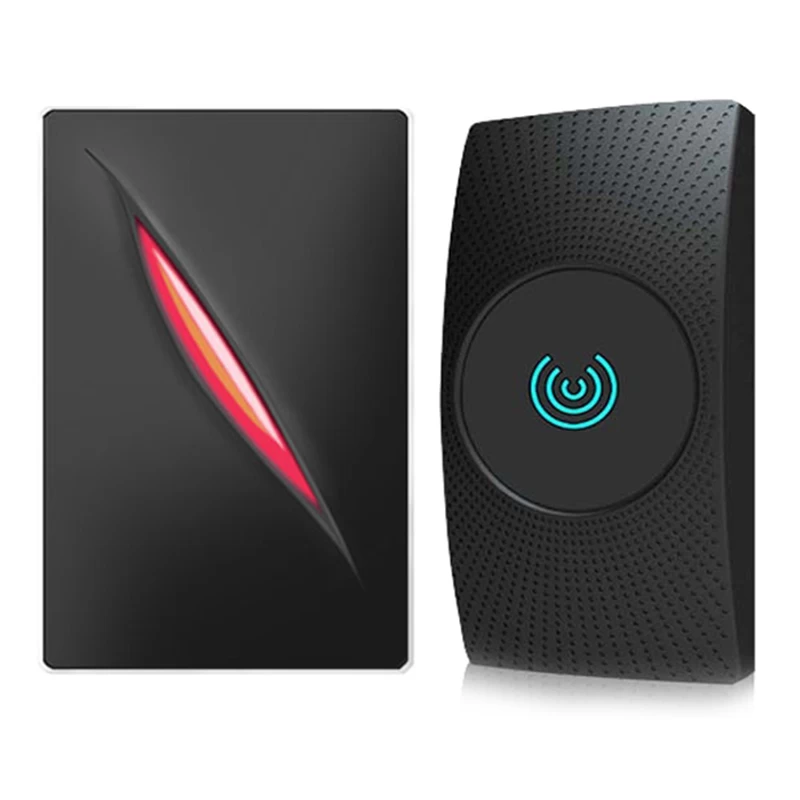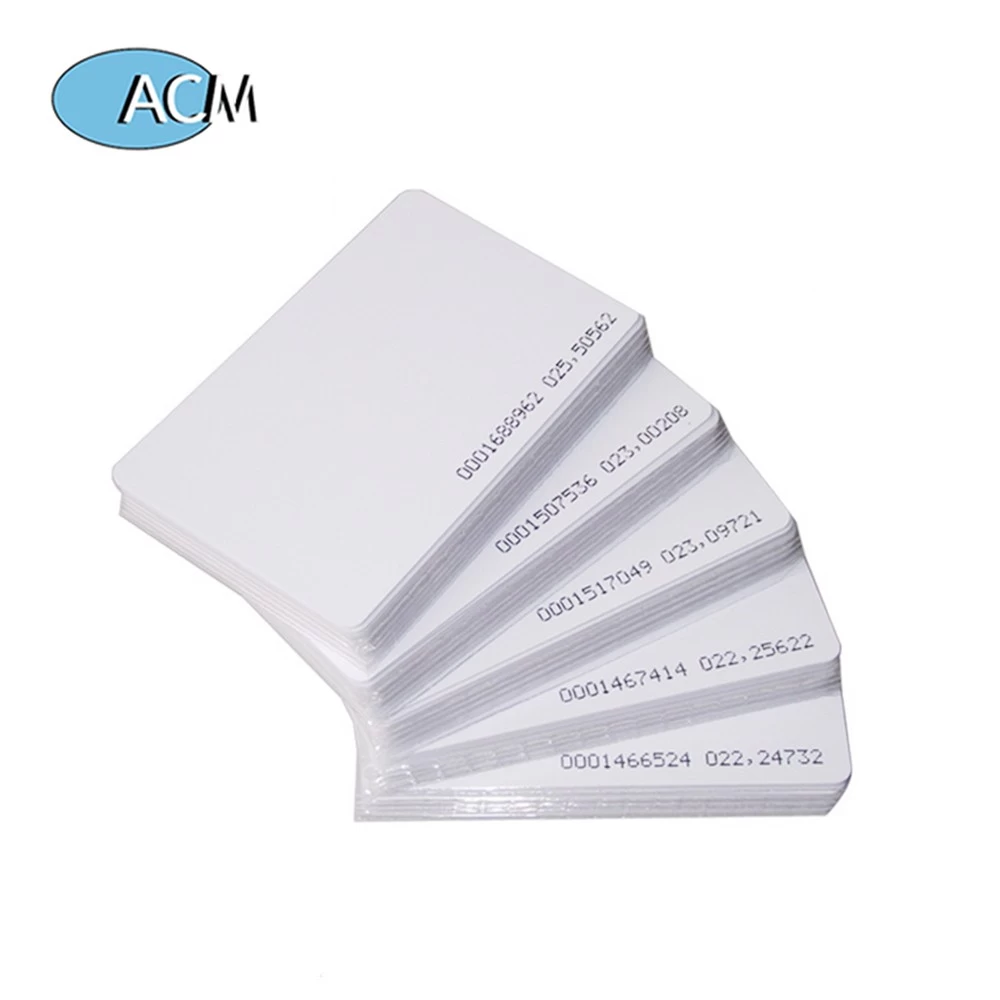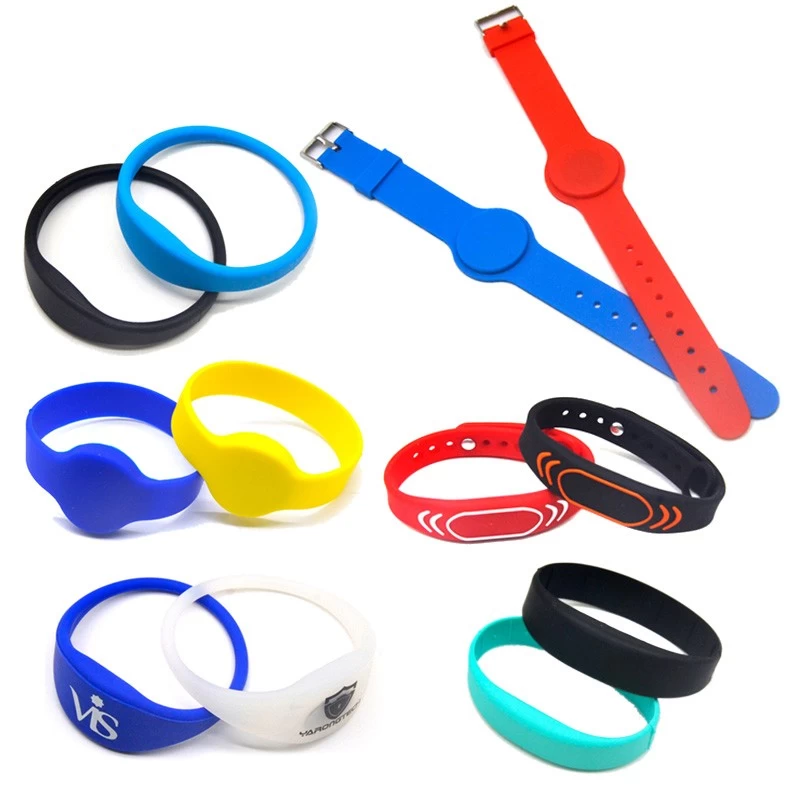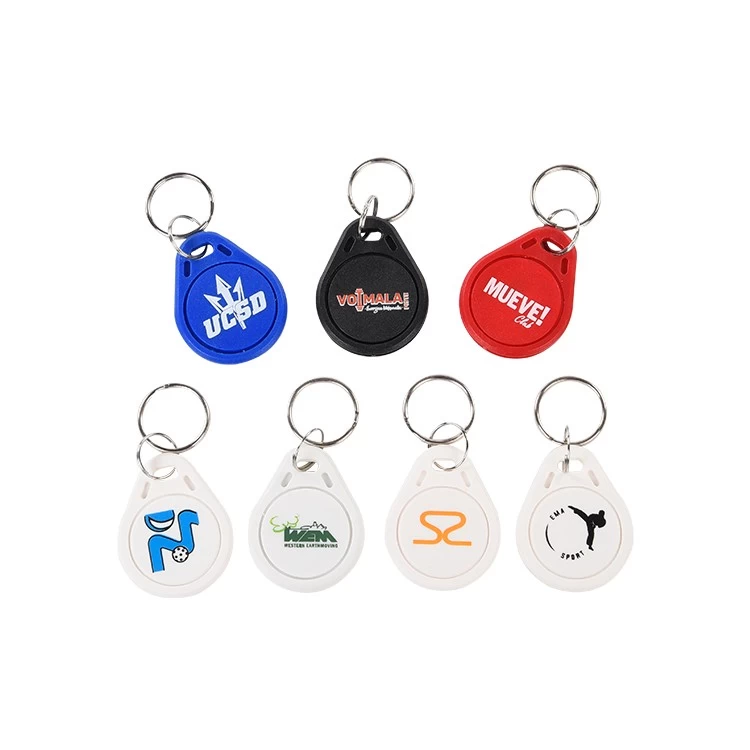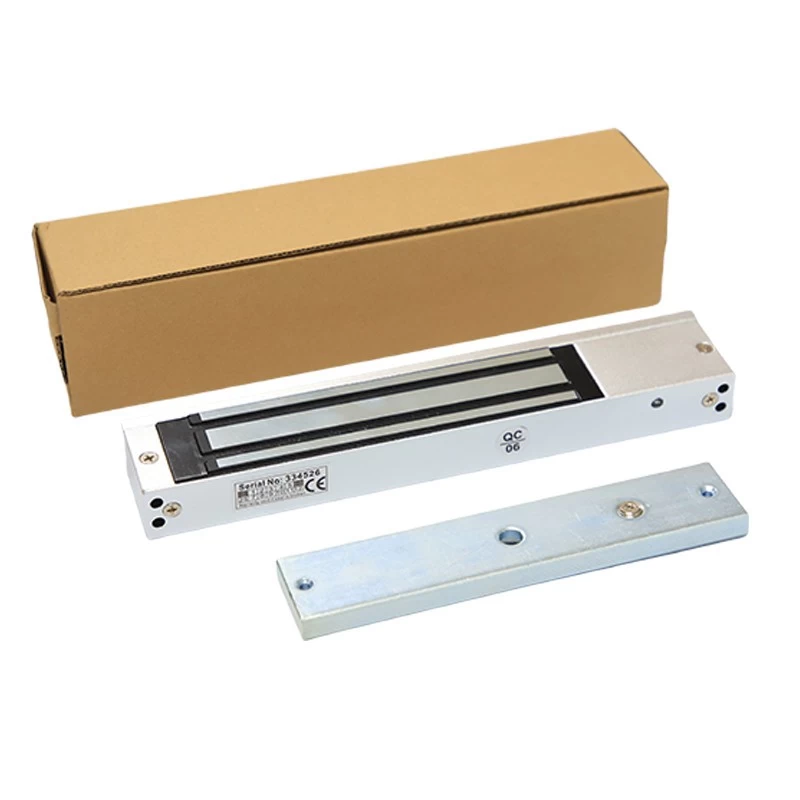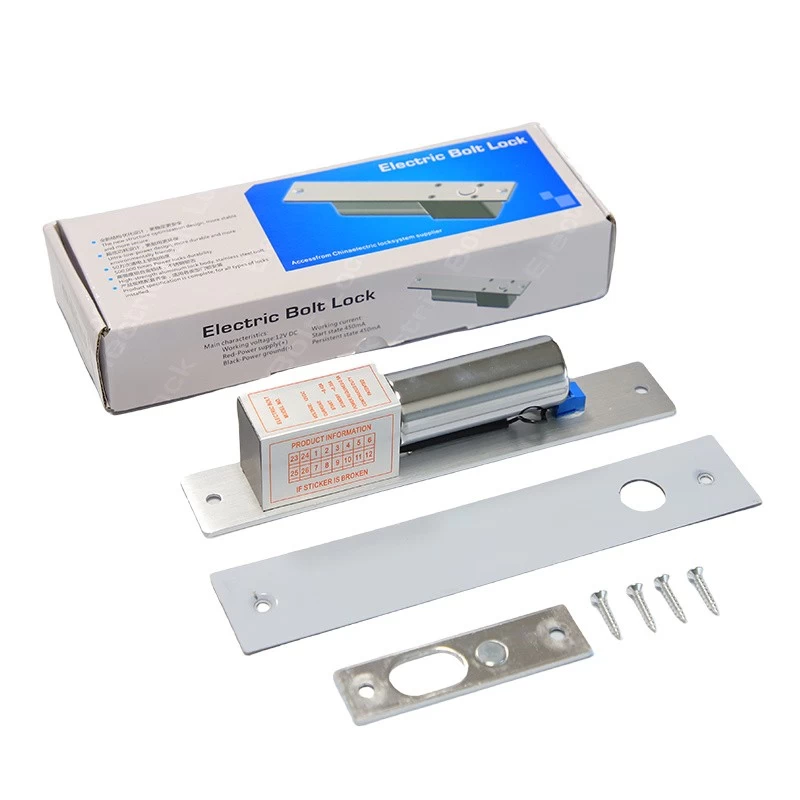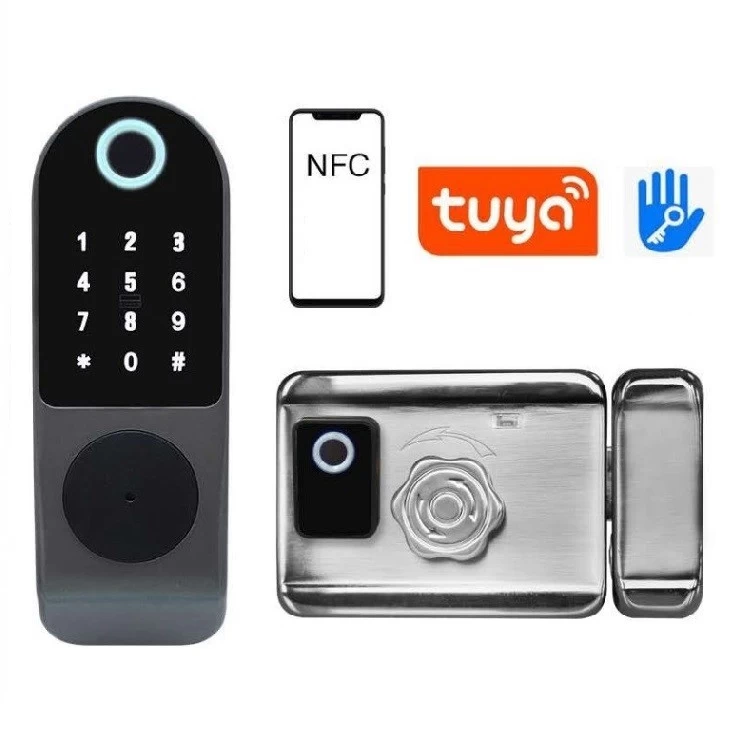How Does RFID Work? Exploring the Technology Behind Wireless Data Transmission
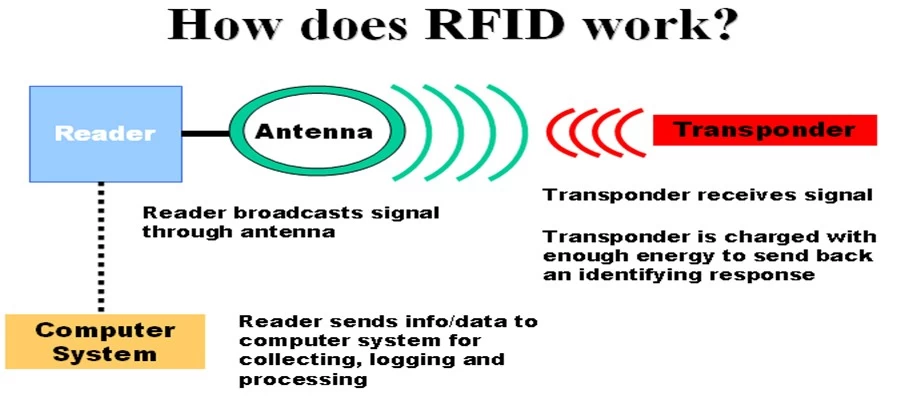
Radio Frequency Identification (RFID) is a transformative technology used in various industries, from retail to logistics and security. But how exactly does RFID work?
Understanding RFID Technology
RFID systems consist of three main components:
-
RFID Tags – Small electronic devices containing a microchip and antenna to store and transmit data.
-
RFID Readers – Devices that send and receive radio signals to communicate with tags.
-
Backend Database – A system that processes and stores the collected information.
When an RFID tag enters the reader’s electromagnetic field, it gets powered (passive tags) or activates (active tags), transmitting stored data back to the reader. The reader then processes this information, enabling real-time tracking, inventory management, or access control.
Applications of RFID
-
Retail & Supply Chain: Tracking inventory and preventing theft.
-
Healthcare: Managing medical equipment and patient records.
-
Transportation: Enabling contactless payments (e.g., toll collection).
-
Security: Controlling access in buildings via RFID-enabled cards.
Advantages Over Barcodes
Unlike barcodes, RFID does not require line-of-sight scanning, allowing multiple items to be read simultaneously, even through obstacles.
As RFID technology evolves, its applications continue to expand, making it a cornerstone of the Internet of Things (IoT) and smart systems.
Would you like to know more about specific RFID use cases? Stay tuned for our next feature!


